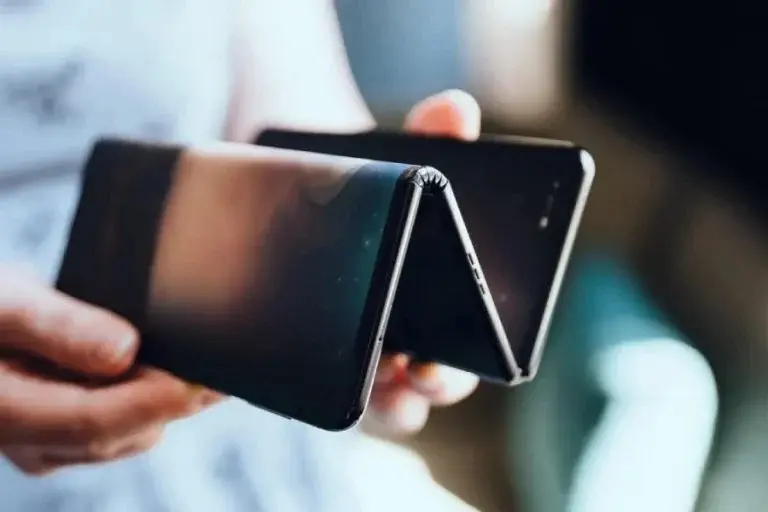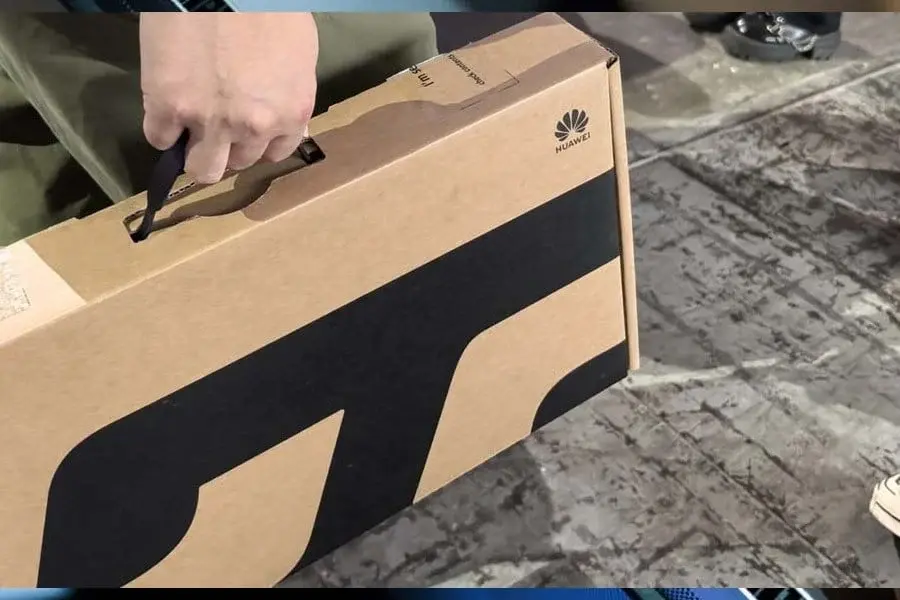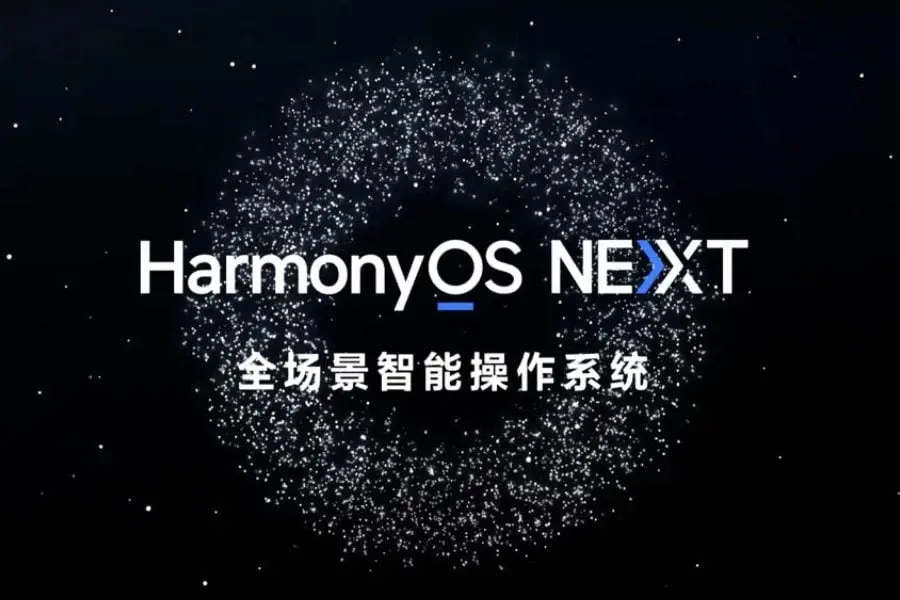Earlier this month, Huawei’s Consumer Business Group CEO, Yu Richard, was seen with the anticipated tri-foldable phone, offering a sneak peek at its expansive internal display. Recently, Yu Richard has been spotted again with the tri-foldable device, this time showcasing it in its folded form. Reputable source Digital Chat Station suggests that this phone will be launched alongside various other Huawei products in September.
Huawei’s Tri-Foldable Phone Seen Once More
The device’s tri-foldable design makes it appear thicker than standard flat-screen smartphones, yet it’s not excessively bulky. When unfolded, the thickness is anticipated to be around 5mm, and approximately 15mm when folded. The rear camera is designed with a circular, centered module, similar to the Mate 50 series, and is surrounded by Paris studs.

Earlier leaks have suggested that the phone includes an inward folding, outward folding, and dual-hinge configuration. The screen is projected to be about 10 inches, featuring a centrally located hole-punch camera on the far left. It will be powered by the Kirin 9 series platform and is expected to launch ahead of the Mate 70, which is likely to be released in the last quarter of this year.
Upcoming Launch Events
Per Digital Chat Station, Huawei might host a significant event in September in China. Alongside the introduction of the world’s first tri-foldable phone, the company could also unveil other products, such as the Nova 13 series and the Huawei Watch GT 5 series, which may include an Extraordinary Master Edition variant.
Currently, the official marketing name for Huawei’s tri-foldable phone is unclear. It remains to be seen if it will be introduced as part of the Mate series.













